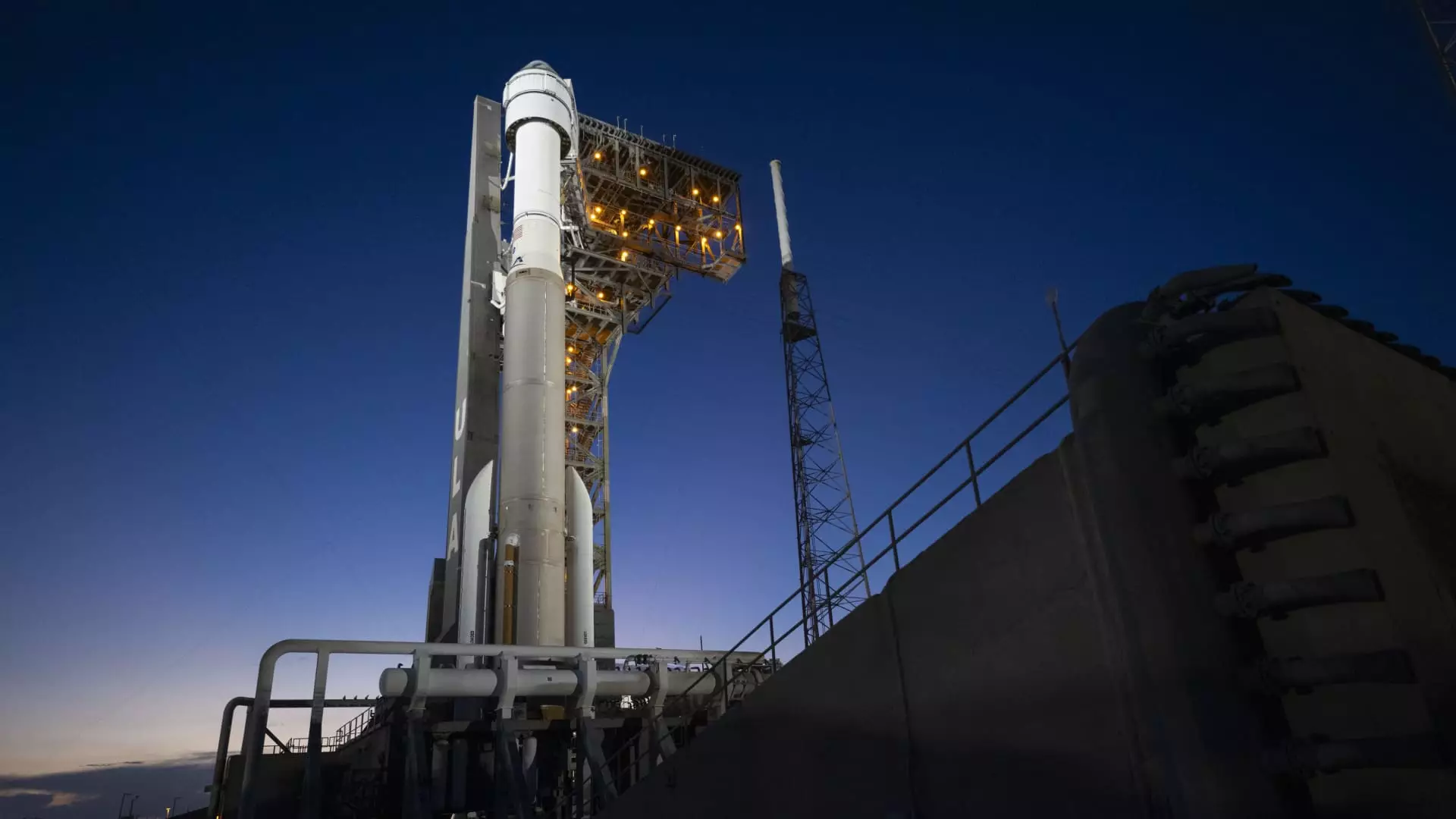Boeing and NASA are pressing ahead with the launch of the Starliner capsule to transport U.S. astronauts, despite a “stable” leak in the spacecraft’s propulsion system. Boeing remains confident in identifying the causes of the leak, reassuring that it does not pose a safety risk for the upcoming mission. The first crewed launch of the spacecraft is now scheduled for June 1, with backup dates on June 2, June 5, and June 6.
The Mission
The mission, named the Starliner Crew Flight Test, aims to be the final major development test for the capsule by ferrying NASA astronauts to and from the International Space Station before conducting routine missions. This launch marks a long-awaited debut for Starliner, as SpaceX’s Dragon capsule has been transporting astronauts for NASA since 2020, leaving Boeing trailing in the commercial crew program.
Boeing has faced substantial setbacks with Starliner, incurring $1.5 billion in costs due to delays, on top of utilizing nearly $5 billion in NASA development funds. A previous launch attempt on May 6 was aborted due to an issue with the Atlas V rocket, built and operated by United Launch Alliance (ULA), a joint venture of Boeing and Lockheed Martin. Following the postponement, a helium leak in Starliner prompted further evaluations of the capsule’s readiness for the upcoming mission.
NASA officials discussed the complexities of addressing the helium leak, with NASA and Boeing identifying a seal in the spacecraft’s propel system as the likely source of the issue. Tests conducted after the initial postponement revealed that the leak rate remained constant, prompting plans to closely monitor the situation leading up to launch. NASA’s Commercial Crew Program manager reassured that previous missions have encountered similar helium leaks without significant consequences, fostering confidence in the upcoming launch.
Upcoming Review
As preparations for the June 1 launch continue, NASA, Boeing, and ULA are scheduled to conduct a thorough review on May 29 to assess the status of the propulsion leak. The rocket and capsule are planned to be rolled out to the launch pad on May 30 in anticipation of the next launch attempt. Despite the technical challenges and setbacks faced by the Starliner program, stakeholders are optimistic about overcoming the propulsion system leak and achieving a successful crewed mission to the International Space Station.


Leave a Reply